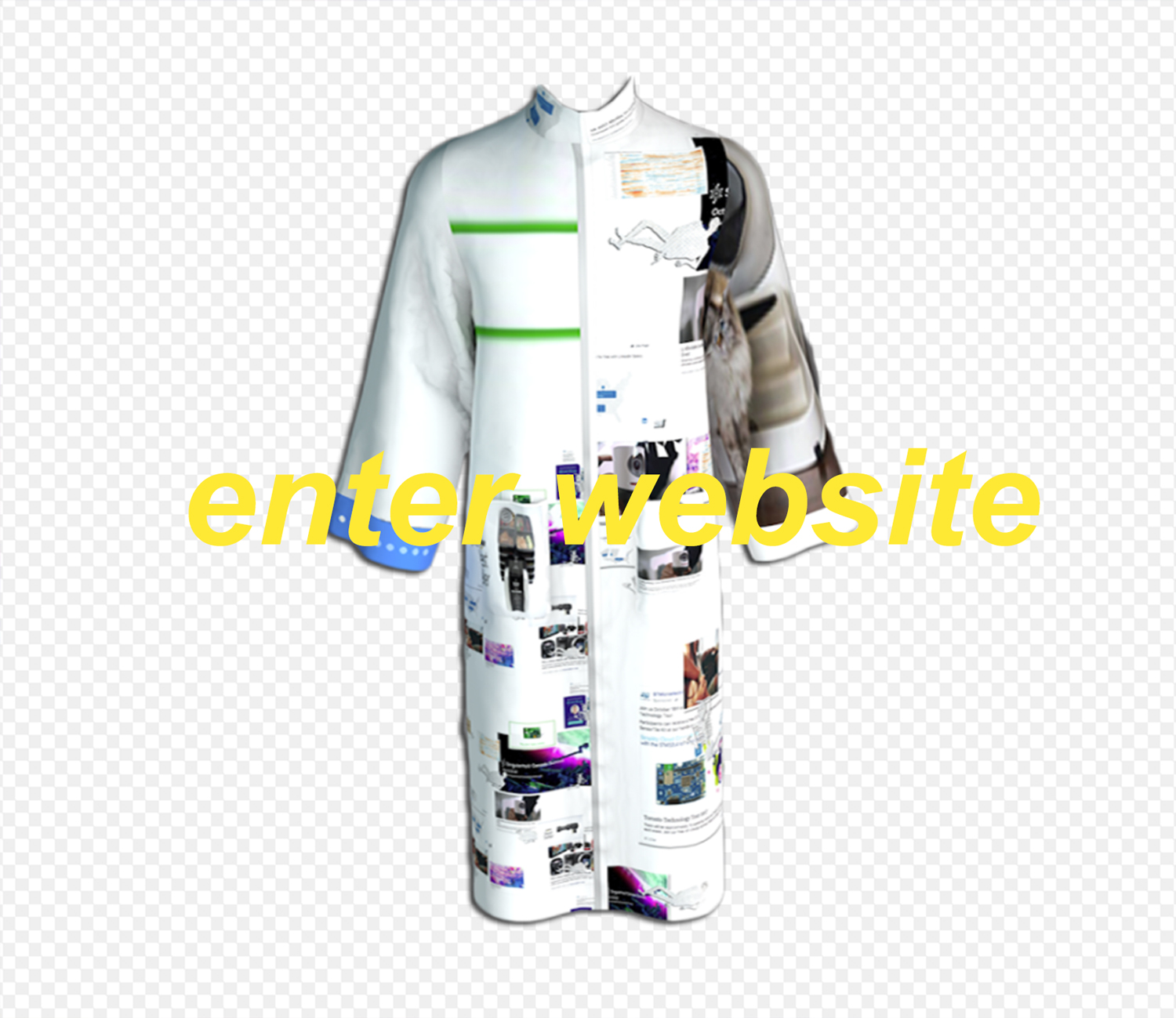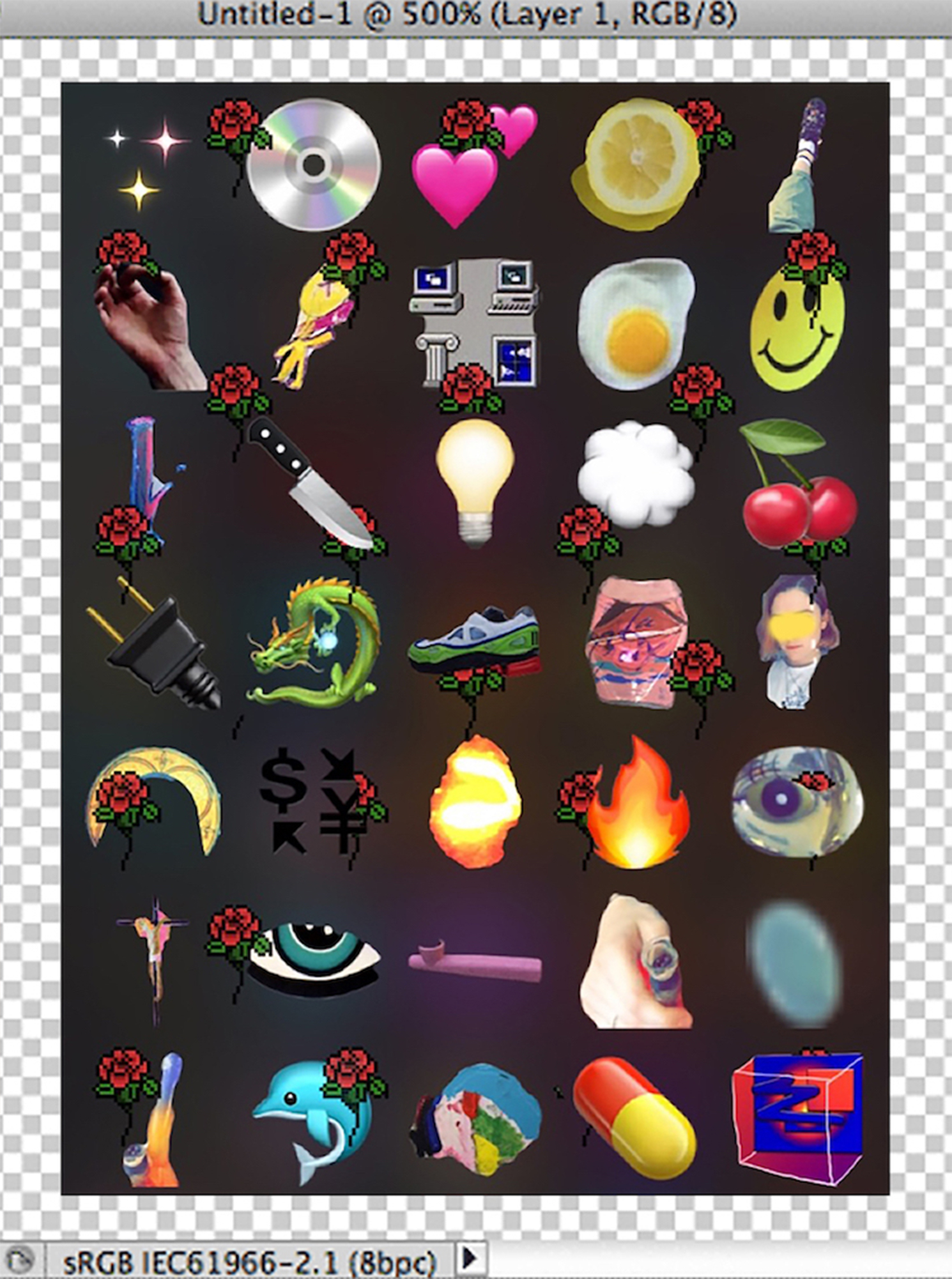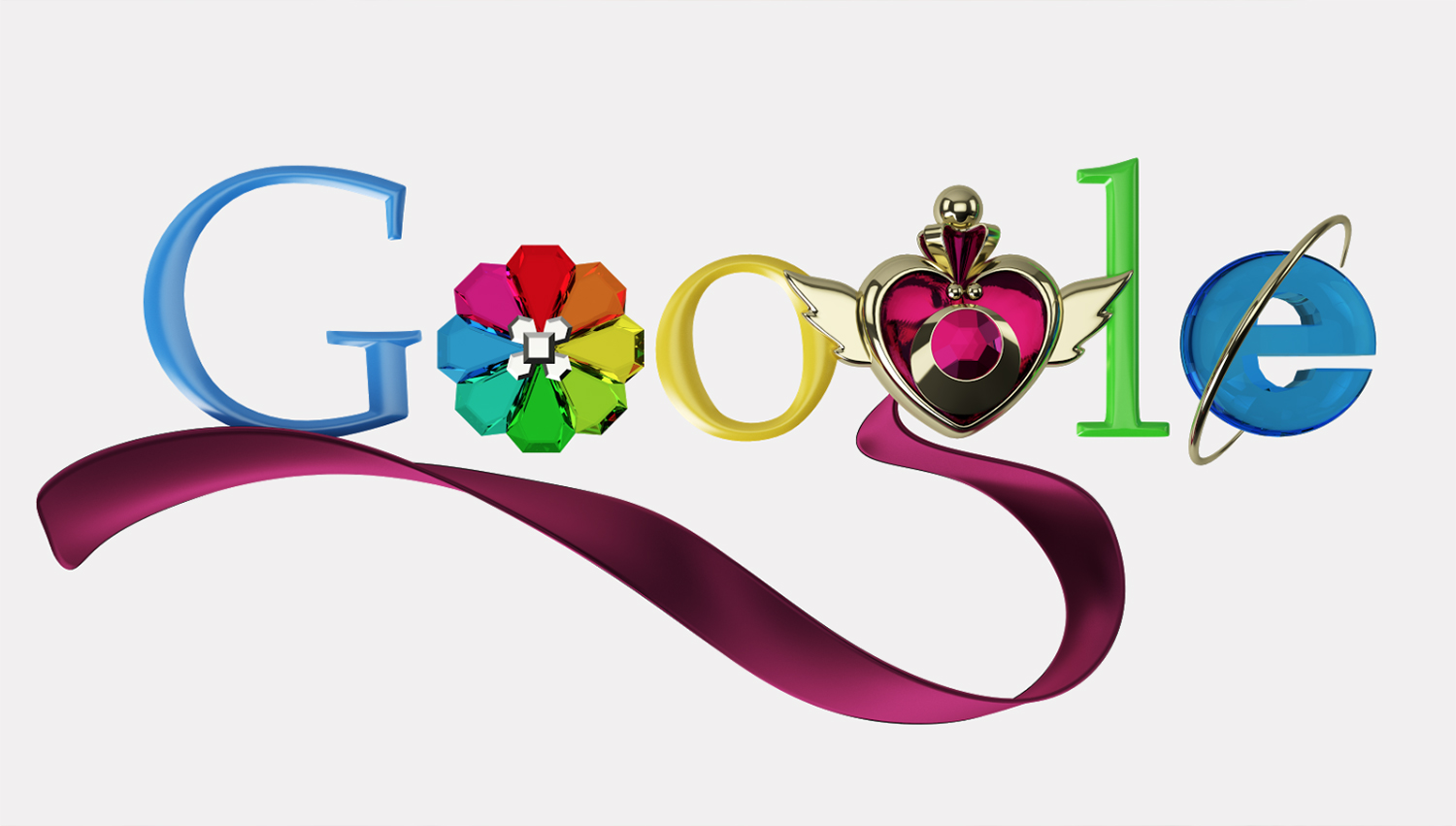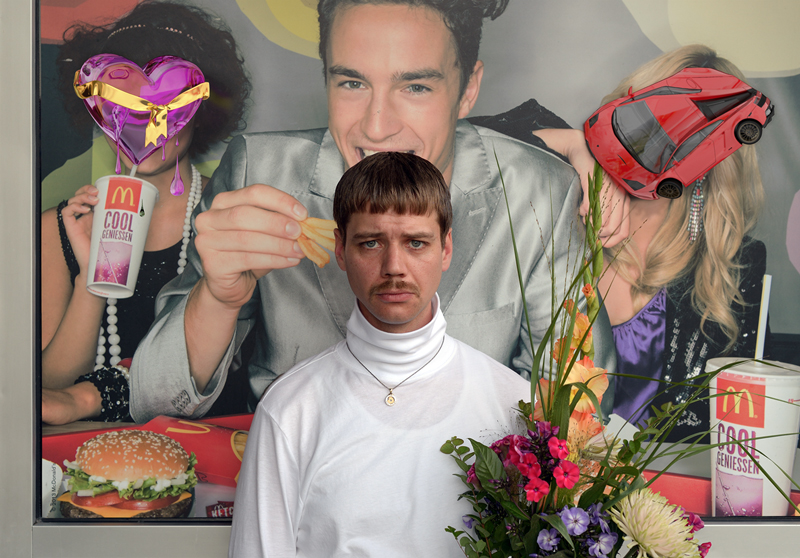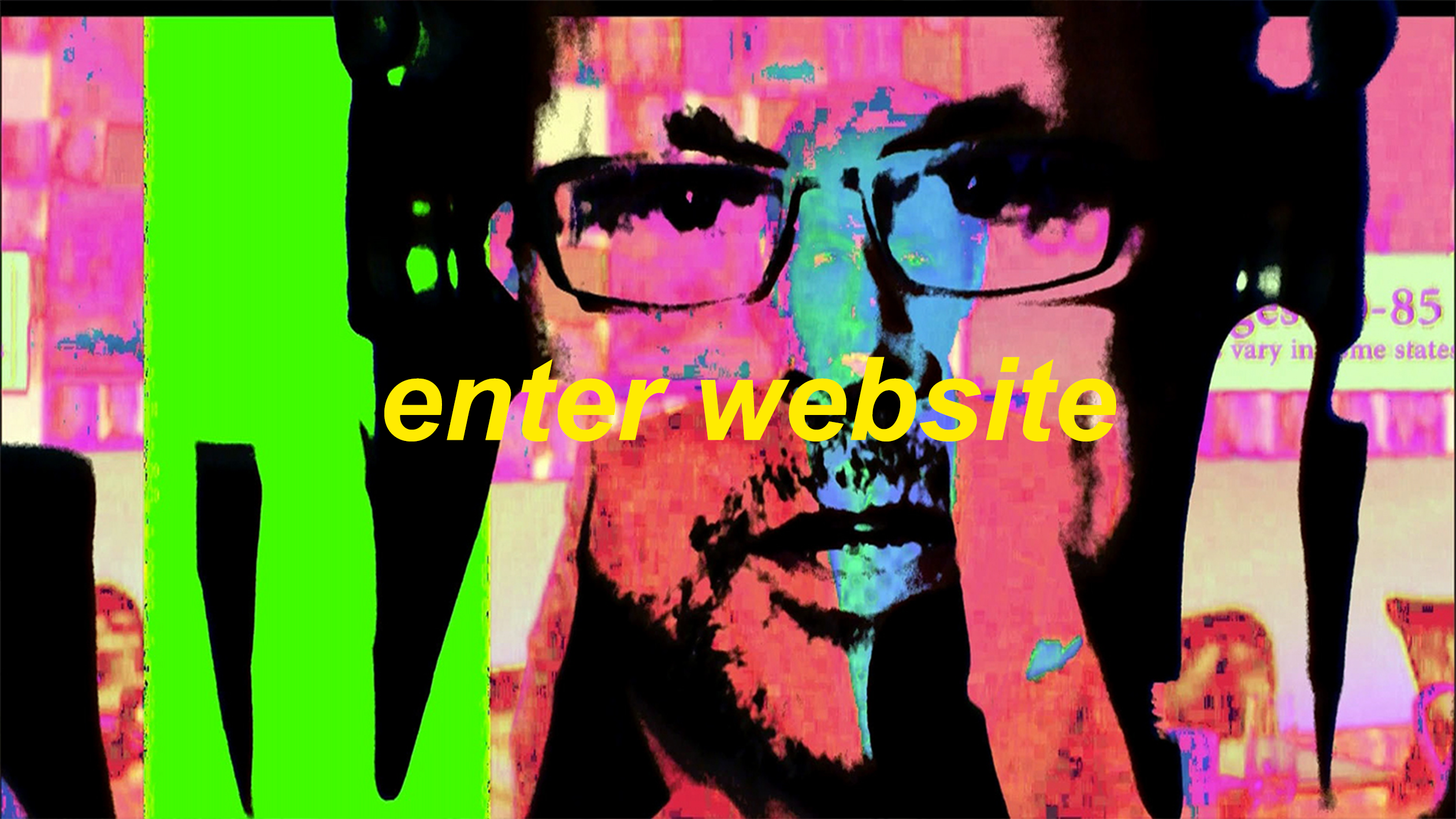If the relation between different aspects of our society could be described in the gaunt style that characterizes the informations on our social profiles, Fame and Power would definitely be in a complicated relationship.
In the age of information, one of the characteristics of power is indeed its capacity of obscuring and rendering opaque the data that belongs to powerful people, sometimes to the point of making them almost invisible to the public; a capacity complemented by the Midas touch enabling power to make others famous and recognizable.
But what is the essence of the bond between Fame and Power in the digital age? (READ MORE)
If the characteristic of power is to be pandemic and incorporated in the discourses it produces, thus belonging both to the oppressor and to the oppressed, fame can be seen as performing a very similar operation in these times of constant exposure and contact. Fame doesn’t belong only to the famous and to the renowned, it is shaped and produced also by the desires and ambitions of the ones excluded by fame and celebrity. Furthermore, the rarity making fame so desirable is artificial: another point in common with power. But what unites these two powerful and influential phenomena the most, is possibly the unsatisfactory attempts at explanation and analysis they produced.
To quote Foucault, ‘The exercise of power is not simply a relationship between partners, individual or collective; it is a way in which certain actions modify others. Which is to say, of course, that something called Power, with or without a capital letter, which is assumed to exist universally in a concentrated or diffused form, does not exist.’[1] While we may affirm to know the effects of fame and its manifestations, can we really claim to know what Fame intrinsically is, especially in an age that potentially grants at least 15 minutes of celebrity to everyone? And, most specifically, can the conditions of fame and obscurity be present simultaneously, in times when we can be extremely well-known to some communities and clusters, but completely unknown to others?
If, starting from this reflection, we shift from a personal and intimate point of view to a much wider perspective, while maintaining our attention focused on the emerging forms of power and fame in contemporary society, some distinct mechanisms become visible: the economic revolution driven by information technologies without any doubt needs to be fueled by a constant production of meanings and semantic discourses; in other words, our expressive capacities need to be kept in constant activity. This is a basic need for all those industries, born thanks to the 90s first Internet boom, that slowly but constantly evolved into a new stage of neoliberism epitomized by Social Media and, more generally, platform capitalism in its many glaring manifestation. As some of their own creators admit, these platforms are basically built around the question “How do we consume as much of a person’s time and attention as possible?”[2] Pushing forward this assumption, what is the main way to obtain someone’s attention, if not to give him or her not only our attention, but a crowd of contacts and profiles ready to like, discuss and share every kind of content they produce?
Inevitably, we can observe a widespread reaction to this state of things. The true or presumed rebellion occurring through memes and politically uncorrect communication may seem like a perfect response to an attention economy that demands all our free time: what better than totally inattentive desecration and distracting idiocy to fight off this extreme demand for care and focus? Truth is, the self-consolatory narratives that followed the Arab Springs, hailing the progressive and democratizing virtues of Twitter and the Californian ideology, have been brutally swept away by the rising tide of the Alt-Right and the resurgence of reactionary ideologies worldwide. As the first “Twitter-President” in the White House doesn’t look like anything digital evangelists had expected, Silicon Valley has rapidly adapted to the new state of things and seems more than willing to cooperate with whoever holds the levers of power. The latest experiments by Facebook and its Chinese counterparts suggest a rather bleak future for freedom of expression, as Social credit systems[3] determining the strength of digital citizenship are already being implemented on a local scale. It could very well be that one day, being “Internet Famous” could save your life.
